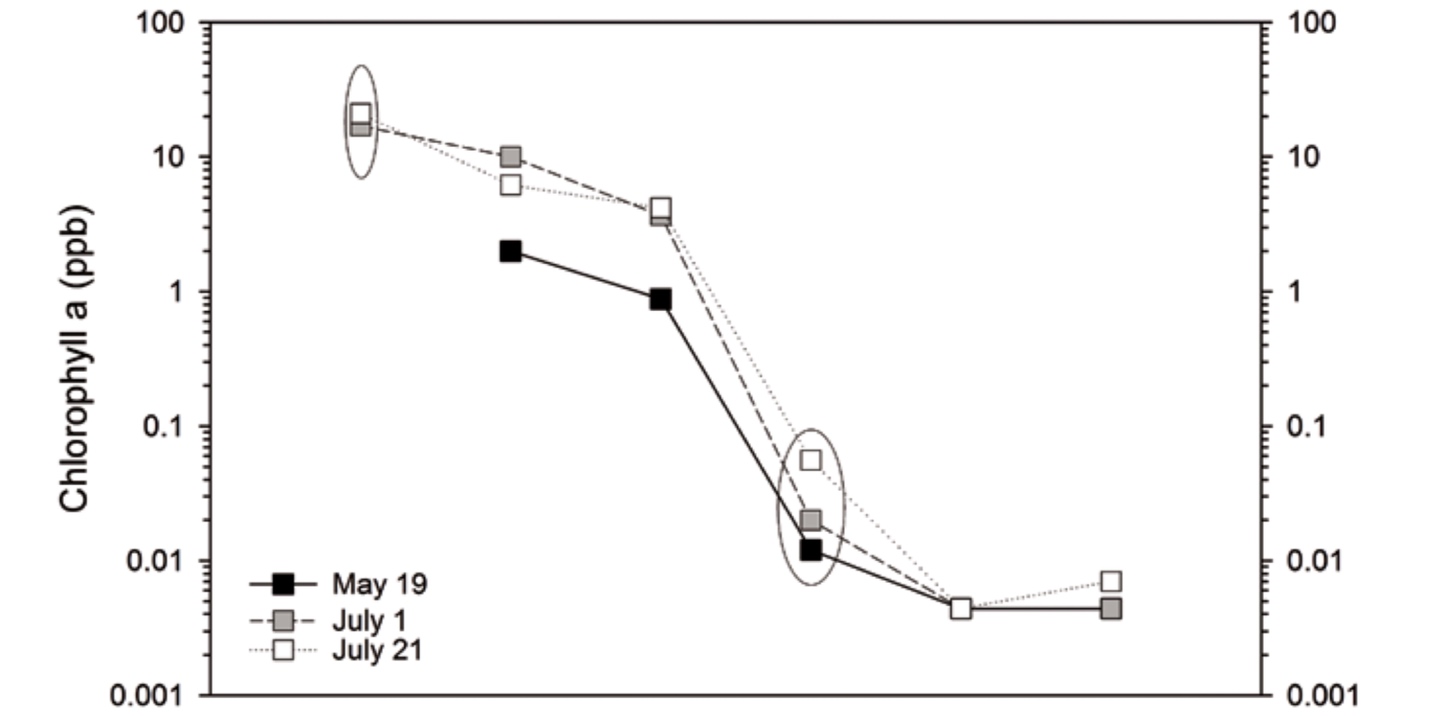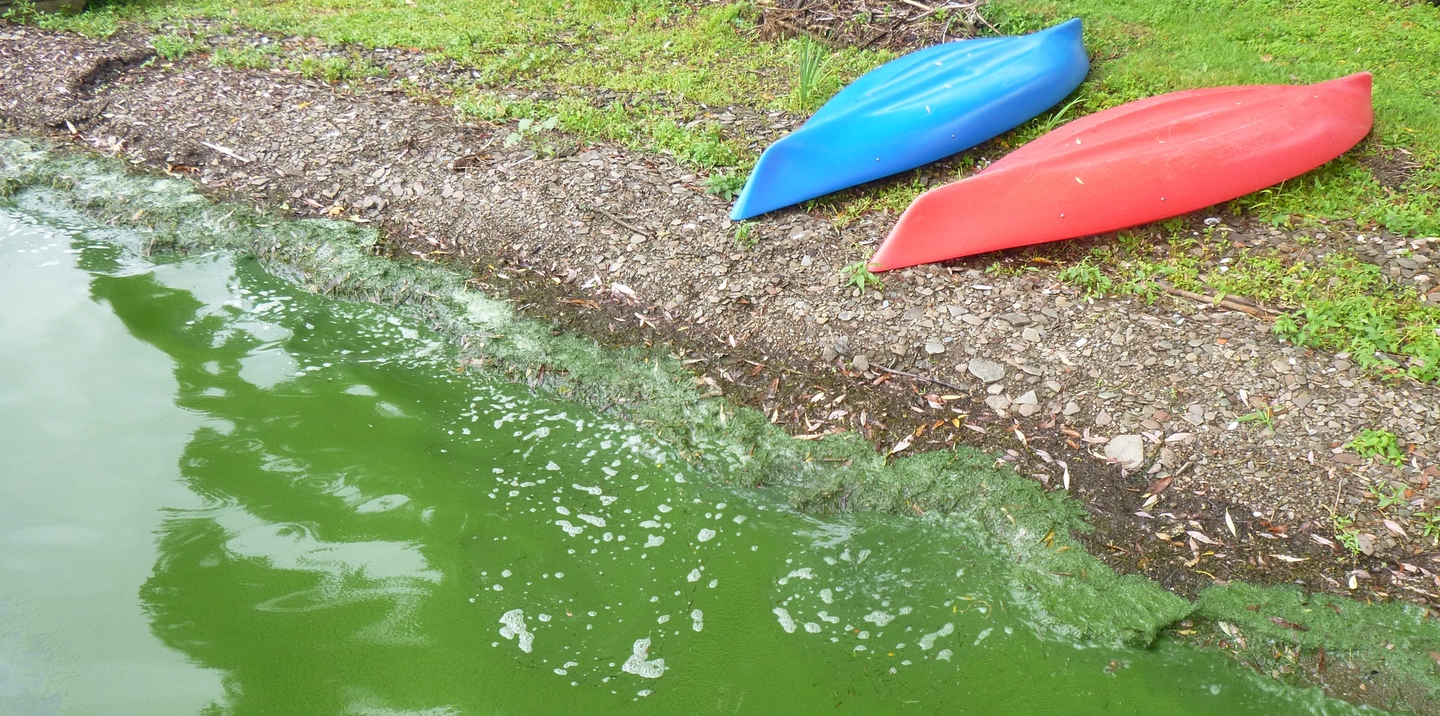In Memoriam – Jim Flynn
Longtime NALMS member and supporter, Jim Flynn, passed away on March 18 after a long battle with Parkinson’s disease.
It is not possible to overstate the contributions that Jim has made to NALMS over the years. A member of NALMS from early in its history, Jim and his employer, Hydrolab Inc., were perennial sponsors of NALMS’ annual symposium and the Student Paper Award. Jim was instrumental in the success of the annual symposia, particularly in the early years of the Society. He organized the exhibits as the chair of the Industrial Relations Committee for many ...
In Memoriam – Lowell Klessig
NALMS and lake management lost an important voice and cherished friend with the death of Lowell Klessig on August 8, 2014, following a courageous battle with Creutzfeldt-Jakob Disease. He died at his beloved New Hopestead Farm in the Town of New Hope, Wisconsin surrounded by family. Lowell’s doctoral dissertation served as the foundation for Wisconsin’s Inland Lake Management Law. He had a long career with the University of Wisconsin-Extension as a Lake District Specialist. He crisscrossed the state to help lake property owners and county boards develop stewardship ...








